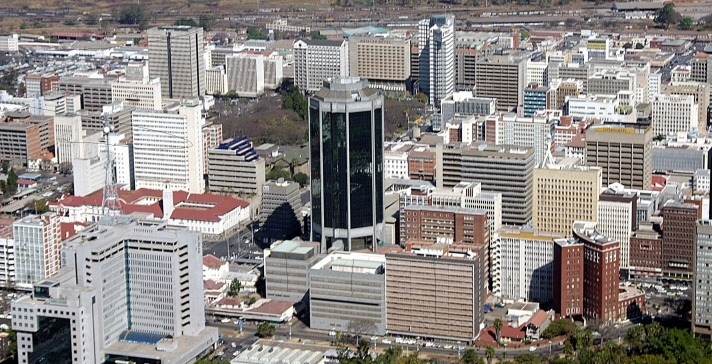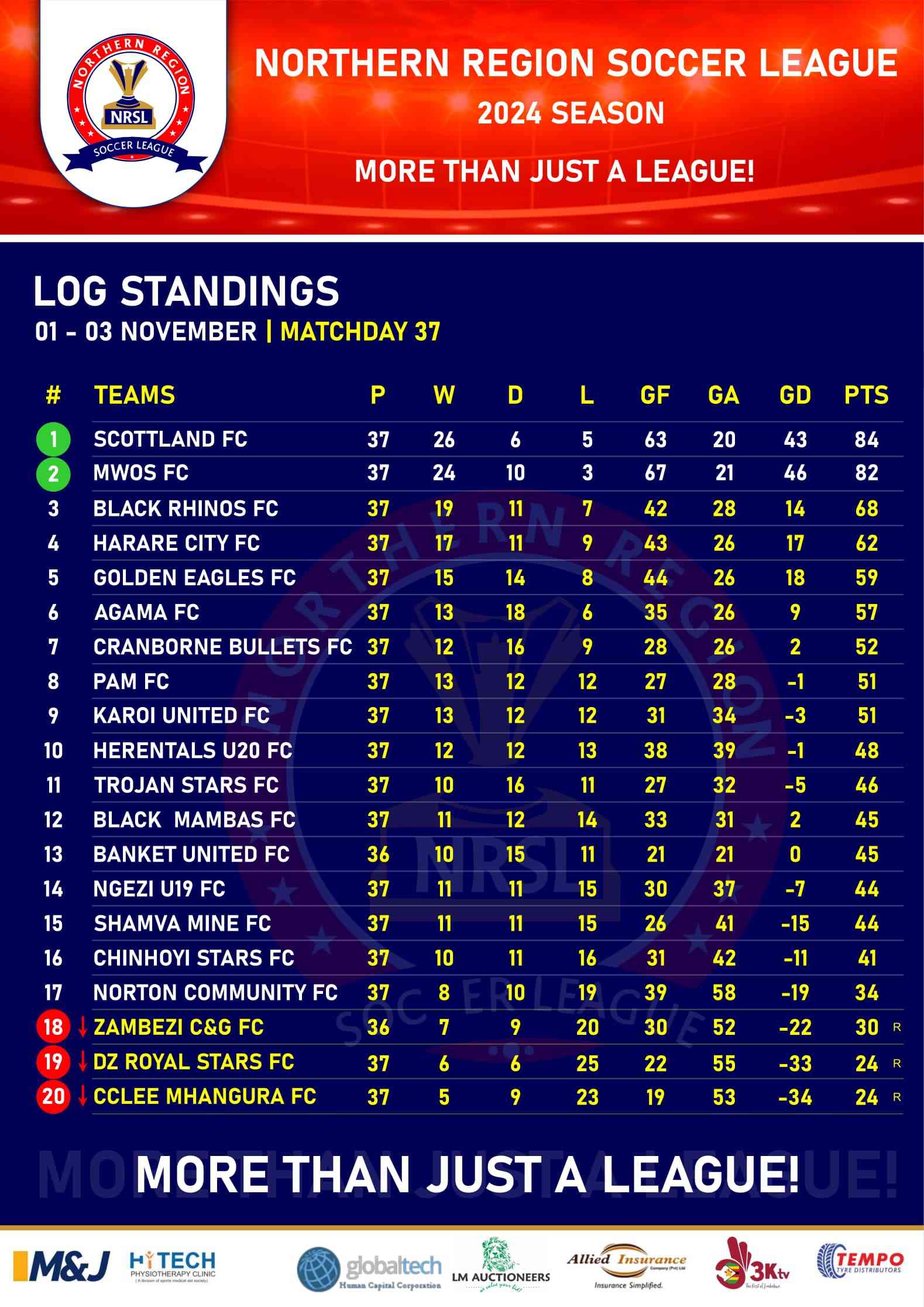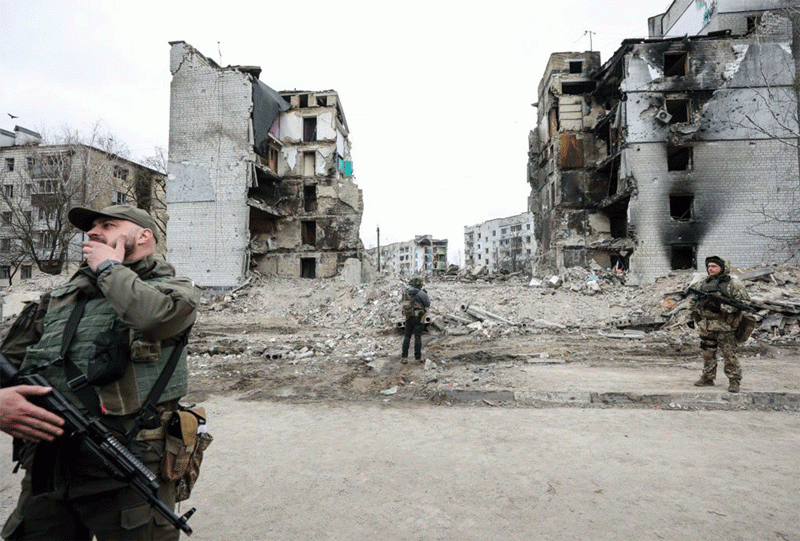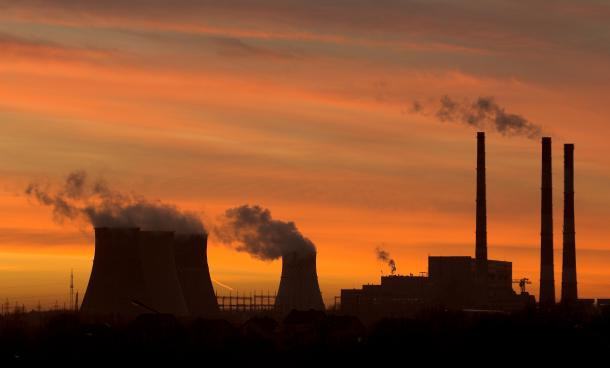
By Tororiro Isaac Chaza
THE vision of the City of Harare, is to become a world-class city by 2025, that is in four years’ time. The latest Economist Intelligence Unit’s (EIU) report, The Global Livability (Liveability) Index 2021, rates Harare among the “Ten least livable cities in the world” together with Tripoli and Damascus.
Harare is at 133/140 position. “How can Harare be in the same group as Tripoli and Damascus, cities torn by conflict and constant shelling?” I questioned the EIU report.
I, therefore, decided to go deeper so as to understand why Harare is one of the least livable cities in the world. The idea is to debate on what I can do as a citizen to assist Harare City to attain world-class status by 2025.
In fact, Harare City has been in the bottom 10 for a number of years now, even attaining 140/140 position around 2010/2011. I reckon for Harare to be considered as world class, it must improve its ranking and be in the top quartile of the 140 cities, i.e. in the top 35 and edging towards cities like Auckland, and Geneva. Do not chuckle. All things are possible.
Please note this disclaimer, that I have never been to Tripoli and Damascus and, therefore, my opinion of the state of those cities is influenced by the narratives I read in the media, and I will apologise in advance if my opinions are wrong. In fact, I would love to visit Damascus considered as one of the oldest cities in the world, and partake of its renowned shish kebab and doner kebab.
My first question is: What is the EIU Livability Index? The EIU website (www.eiu.com) describes it thus: “The EIU’s livability rating quantifies the challenges that might be presented to an individual’s lifestyle in 140 cities worldwide.
Each city is assigned a score for over 30 qualitative and quantitative factors across five broad categories, Stability (Category 1), Healthcare (Category 2), Culture and Environment (Category 3), Education (Category 4), and Infrastructure (Category 5).”
- Chamisa under fire over US$120K donation
- Mavhunga puts DeMbare into Chibuku quarterfinals
- Pension funds bet on Cabora Bassa oilfields
- Councils defy govt fire tender directive
Keep Reading
Observe that these constitute the majority of the same factors as in the United Nations’ Sustainable Development Goals (SDGs) (https:/sdgs.un.org/)
The countries ranked in the top 10, score consistently 80-100 in all categories, meaning “there are few, if any, challenges to living standards”. The countries that are ranked in the bottom 10, consistently score less than 50, meaning ’most aspects of living are severely restricted.’
The next question is: Who is it meant for? The description above talks about “an individual’s lifestyle”. The key persona targeted by the report is an employee being relocated from one country to another.
The report helps the company to make decisions on compensation levels for the relocated employee, according to the discerned lifestyle challenges.
But given the ethnic, cultural, historic, religious, political, economic, technological, legal, language and moral differences in the world’s diverse communities, it may be difficult to define and generalise the persona whose “individual lifestyle” is being considered.
In-city individuals assist in the assessment of the qualitative factors. The question is: Are the in-city assessors natives of the city or foreign individuals who assess from experience in other locations?
So why does Harare fare so badly to be in the bottom 10? I will interrogate a few factors. Bear in mind that most of the scoring criteria are highly dependent on economic development.
Therefore, when judging Harare City, one must take into consideration that Zimbabwe has been under global economic sanctions most of the time since 1965, which have severely curtailed its potential for high economic development.
The Zimbabwean GDP/cap stands just over US$1 000, whereas other countries in the region like Botswana are above US$8 000. I am sure our potential GDP/cap is around US$4 000 to US$5 000, or GDP above US$60 billion. This is still below 50% of Microsoft’s annual revenue.
I will start with Category 5 on infrastructure and work backwards because I believe it is the one where we can make the most improvement and influence all other categories. Category 5 considers infrastructure such as roads, transport, energy, water, telecommunications, and housing.
Harare scores 35.7, worse than conflict-torn Tripoli’s 41.1, and slightly better than constantly shelled Damascus at 32.1. Lagos is at 46.4. How come Harare scores so low?
The roads infrastructure in Harare has deteriorated over the years with intolerable levels of potholes, some of which are almost visible on Google Earth satellite maps. Traffic lights are often “dead” or both green and red at the same time.
On top of this, driving standards have become atrocious at best. I have witnessed an young street kid, a girl for that matter, probably aged around 10 or 11, controlling traffic at a very busy intersection when the traffic lights were ‘dead.’
There is evidence of work to repair these potholes around Harare. I have also seen the city’s traffic police taking over from street kids at ‘dead’ traffic lights. The task to rebuild the transport infrastructure is mammoth, needing massive capital injection.
The government has recently announced the Emergency Road Rehabilitation Programme aimed at mending 26 000km of the country’s roads.
Daily I see young men (mahwindi) dangerously hanging at the back of overloaded kombis with sellotaped side windows and smashed windscreens, travelling at more than 90kph.
The same kombis do not stop at “dead” or red traffic lights. I have witnessed unnecessary accidents due to high incidences of traffic violations.
I have also heard of corruption in the driving licence regime and judging by the atrocious driving behaviours, I believe a lot of “young” drivers out there do not have drivers’ licences. I say bring back the police in full force on the roads for a time and a season.
Potable fresh water supply is highly erratic and in some places completely not available. This is mainly due to inadequate water treatment plants, and old and crumbling reticulation infrastructure. This makes the bulk water delivery business very lucrative as residents have to buy “borehole” water.
If all that money being spent on purchasing borehole water were to be spent on the public infrastructure, we could see improvements. Perhaps levying the bulk suppliers so that the monies can be diverted to building infrastructure may work. The water situation has also resulted in the proliferation of water tanks mounted on steel structures.
The problem with the steel structures is that a 5 000 litre tank weighs around five tonnes when full. And if the steel structure is not well engineered as I think most of them are not because of cost cutting and just shoddy work, they will fall and hurt/kill innocent children.
All tank installations should be installed by companies checked and passed by the city engineers. And the companies should assume liability for any collapsed structures.
In certain suburbs, waste collection is non-existent, so there are piles and piles of debris in the streets. It is a common site to see kids rummaging through the debris.
I have witnessed spewing sewage in certain areas. Harare suburbs were terribly hit by cholera at one point due to the bad sewage and water reticulation infrastructure.
Private waste collection arrangements are being done in certain upmarket suburbs. If the city operations are not capable of cleaning up, we as citizens should take up the responsibility and organise trash pick-up in support of the Presidential clean-up campaign.
Power supply is erratic. Households and businesses have had to supplement with solar and generators. South African President Cyril Ramaphosa recently announced the crafting of new regulations to enable private companies to produce 100 megawatts of electricity without need for licensing.
In Zimbabwe, the non-licence limit is 100 kilowatts. Perhaps we should take a cue from South Africa.
If many large consumers are weaned off the electricity grid then there maybe enough power for the rest of us. Inspection and passing of solar installations by relevant authorities is key as a lot of consumers are being sold ‘stolen’ batteries painted as new.
Telecommunications infrastructure is ranked in the International Telecommunications Union’s (ITU) Information and Communication Technologies (ICT) Development Index (IDI), which measures 11 indicators clustered into three sub-indices, namely, ICT Access, ICT Use, and ICT Skills https://www.itu.int/.
Zimbabwe came out at 133/176, meaning it is right at the boarder of the third and the forth quartile. There is serious need to improve on the ICT infrastructure for Harare City and the rest of the country. All the other SDGs are hinged on ICT development. ICT development is capital intensive, therefore dependent on overall economic performance.
This Infrastructure Category is highly dependent on availability of capital, which in turn is dependent on economic performance of the country. How can I help? Whilst my overall comment on the Infrastructure category is a very loud “Nxaaaa!” on my part I will try by all means to keep up on paying my rates so that the City has no excuse, and I will not litter the streets. I also vow to drive with care as a good citizen.
Education is the Category 4, which looks at availability and quality of private education and other public education factors. At 58.3, Harare scores higher than most of the bottom ten cities, the lowest being Damascus and Lagos at a score of 25.
The highest scorers in this category include New Zealand cities Auckland and Wellington, and Australian cities, Perth, Brisbane, Adelaide and Melbourne. Understandably the COVID19 induced lockdowns put the education system of most countries under severe stress. I agree with the score to a certain extent. Education is highly dependent on economic performance.
Category 3 measures Culture and Environment considering weather conditions, level of corruption, food and drink, social and religious restrictions, consumer goods and services, among others. Harare’s score of 44.4 is almost the top of the list of the least. Harare, ‘the sun-shine city’ should evidently score very high on weather conditions because it has one of the sunniest and most comfortable weather environment in the world.
So what sub-category pulls the ‘Sunshine City’ score down? Is it level of corruption? Perhaps the availability of goods and services? I reckon it is the perceived level of corruption as Zimbabwe is number 157 out of 180 countries on the Corruption Perception Index (https://www.transparency.org/). Compare with Nigeria at 148. “Nxaaaa!” to corruption.
Category 2 measures Healthcare aspects such as the availability and quality of private healthcare, availability and quality of public healthcare, availability of drugs and other health related factors. The advent of Covid19 exposed a number of cities’ inadequate preparation for a pandemic. Harare scored the lowest at 12.5 vs Damascus at 16.7.
So the message to a company relocating its employee to Harare is that the healthcare system is severely challenged. The top scorers at 100 are such as Geneva, Tokyo and Perth among others. There is nothing much I can do as a citizen as this is severely affected by economic growth. “Nxaaaa!” to our healthcare.
Category 1 scores on Stability, with sub-categories considering prevalence of petty crime, prevalence of violent crime, threat of terror, threat of military conflict, threat of civil unrest. Harare scores 36.6 just ahead of Damascus at 26.5. Perhaps the perception is based more on the likes of ‘Operation Murambatsvina’ demolitions in 2005 and subsequent, and political unrest of 2018 when a number of civilians lost their lives.
Outside of those incidences I would say that Harare is basically peaceful as compared to the reports of constant shelling in say Damascus. The problem is we do not control the global narrative. A lot of political PR may be necessary. Top cities such as Auckland score 95%.
What is your opinion of the EIU Livability Index? How would you help to improve Harare’s score? Remember this is not just about Harare bit the whole country.











